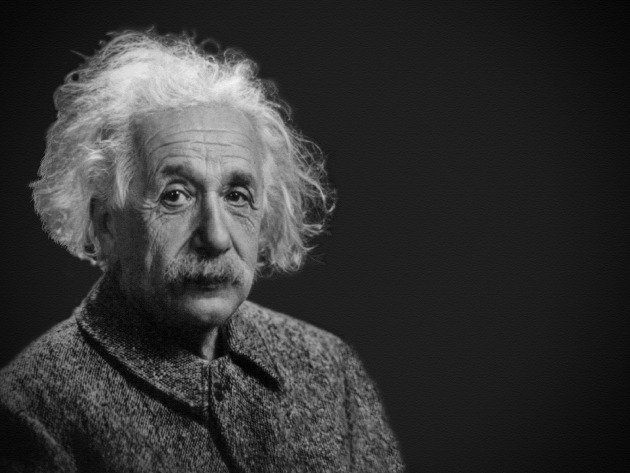George Washington, the first President of the United States, is an iconic figure in American history. Revered for his leadership during the American Revolution and his role in founding the new nation, Washington’s legacy is filled with monumental achievements and compelling stories. Among these, a curious yet widely misunderstood aspect is his dental health and the myth of his wooden teeth. This article delves into the truth behind Washington’s false teeth, the reasons he needed them, when he started wearing them, and the effects they had on his life and presidency.
Early Dental Problems
George Washington’s dental issues began at a relatively young age. Despite his robust physique and general good health, Washington struggled with dental problems throughout his life. By the time he reached his twenties, he was already experiencing significant dental decay and tooth loss, likely due to a combination of genetic predisposition, lack of modern dental care, and the common dietary habits of the 18th century.
In an era before the advent of modern dentistry, the options for maintaining oral health were limited. Toothbrushes were rudimentary, often made with animal bristles, and toothpaste, as we know it today, did not exist. People relied on home remedies and rudimentary cleaning techniques that were not effective in preventing dental decay and gum disease.
The Onset of Tooth Loss
Washington’s diaries and letters often reference his dental troubles. By his mid-thirties, he had begun to lose teeth at an alarming rate. In a letter to a dentist named John Greenwood in 1783, Washington lamented, “I have already lost two at the entrance of the jaws, and I find that the middle ones are coming very loose.” His dental problems were so severe that they caused him considerable pain and discomfort, affecting his ability to eat and speak.
The state of Washington’s teeth was not only a matter of personal discomfort but also a significant social concern. During the 18th century, the condition of one’s teeth was associated with overall health and hygiene, and poor dental health could impact a person’s social standing and public image. For someone in Washington’s position, maintaining a dignified appearance was crucial.
The First Dentures
Contrary to the popular myth, George Washington did not have wooden teeth. The misconception likely arose from the appearance of his dentures, which could look brown or grainy due to staining and the materials used. Washington’s first set of dentures was made from a variety of materials, including human teeth, animal teeth (specifically those from cows and horses), and ivory, particularly from hippopotamuses.

By the time Washington was inaugurated as the first President of the United States in 1789, he had only one of his original teeth remaining. The rest had been replaced by dentures. His dental issues were so well-known that his favorite dentist, John Greenwood, often had to create and adjust new sets of dentures for him. Greenwood fashioned several sets of dentures for Washington, meticulously using materials that would provide the most comfort and durability.
One notable set of dentures crafted by Greenwood was made from hippopotamus ivory and human teeth. These teeth were often sourced from enslaved people or purchased from the poor, highlighting a grim aspect of 18th-century dentistry. Washington himself, as a slave owner, is known to have purchased teeth from his enslaved workers, although it remains unclear if any of these teeth were used in his dentures.
The Effects of Dentures on Washington’s Life
Wearing dentures in the 18th century was far from the experience of modern prosthetic dental devices. Washington’s dentures were bulky, uncomfortable, and prone to wear and breakage. They were held in place by metal springs and wires, which could cause irritation and sores in the mouth. The dentures also affected his appearance, causing his lips to protrude slightly and giving him a somewhat stiff and unnatural expression.
The discomfort caused by his dentures was a constant companion throughout Washington’s presidency. His letters reveal frequent complaints about the pain and inconvenience they caused. In one instance, he wrote to his dentist, “I confess I cannot find it easy to speak in them,” reflecting his struggle with the cumbersome dental apparatus.
The dentures also had practical effects on his daily life. Eating with them was challenging, leading Washington to prefer soft foods that were easier to chew. His dentures affected his speech, which may have contributed to his reputation as a somewhat reserved and formal public speaker. Despite these difficulties, Washington remained diligent in his duties, rarely allowing his dental issues to interfere with his responsibilities as President.

Washington’s Dentists
Several dentists played significant roles in managing Washington’s dental health. Among them, John Greenwood stands out for his dedication and innovative approach. Greenwood, a prominent dentist in New York, crafted multiple sets of dentures for Washington and regularly corresponded with him to address his dental needs.
Greenwood’s letters to Washington reveal a professional relationship characterized by mutual respect and meticulous attention to detail. He went to great lengths to ensure Washington’s comfort, even adjusting the dentures based on detailed feedback from the President. Greenwood’s dedication is evident in the precision of his work, which involved hand-carving the dentures and carefully fitting them to Washington’s mouth.
Another dentist, Dr. Jean-Pierre Le Mayeur, provided dental services to Washington during the Revolutionary War. Le Mayeur was known for his skill in dental surgery and contributed to the maintenance of Washington’s remaining teeth and the creation of his early dentures.
Legacy and Impact
Washington’s dental struggles highlight the broader challenges of dental care in the 18th century. His experience underscores the importance of oral health and the significant advancements made in dentistry since his time. The evolution of dental technology, from rudimentary dentures to modern implants and prosthetics, reflects the ongoing pursuit of improved health and quality of life.
Moreover, Washington’s perseverance in the face of constant dental pain is a testament to his character and resilience. Despite the physical discomfort and social stigma associated with his dental issues, he remained steadfast in his leadership and dedication to the young nation.
Today, George Washington’s dentures are preserved as historical artifacts, offering a tangible connection to the personal challenges faced by one of America’s most revered leaders. They serve as a reminder that even the greatest figures in history contended with ordinary human difficulties and that their achievements were often accomplished despite significant personal hardships.
In conclusion, the true story of George Washington’s false teeth is a compelling narrative of resilience and ingenuity. It reveals the personal side of a legendary figure, providing a deeper understanding of the man behind the monumental legacy. Washington’s dental struggles and the innovative solutions devised by his dentists are a fascinating chapter in the broader history of American ingenuity and perseverance.









